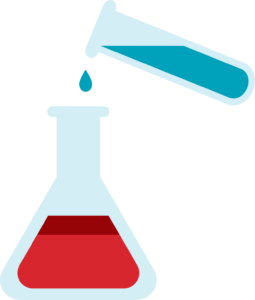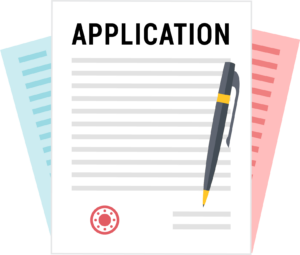 Annex XIV of the Registration, Evaluation, Authorisation and Restriction of Chemicals (REACH) Regulation ensures Substances of Very High Concern (SVHCs) are properly used and gradually replaced with less harmful alternatives. While the goal of REACH is to remove SVHCs from the European Union (EU) market, authorization may be granted that allows a substance to be used for a specific purpose after it has otherwise been restricted. To be granted this status, a substance must be added to the Authorisation List.
Annex XIV of the Registration, Evaluation, Authorisation and Restriction of Chemicals (REACH) Regulation ensures Substances of Very High Concern (SVHCs) are properly used and gradually replaced with less harmful alternatives. While the goal of REACH is to remove SVHCs from the European Union (EU) market, authorization may be granted that allows a substance to be used for a specific purpose after it has otherwise been restricted. To be granted this status, a substance must be added to the Authorisation List.
How Are Substances Added to the Authorisation List?

Substances are added to the Authorisation List from the Candidate List of SVHCs chosen by the European Chemicals Agency (ECHA) or an EU member state. The substances are moved to Annex XIV based on priority, as determined by the ECHA. Priority is based on a variety of factors, such as substance usage, REACH Article 33 declarations, scientific analysis and more.
Applying for Authorization

Manufacturers, importers or downstream users, or their appointed consultants (Only Representatives) can apply for and hold an authorization. The ECHA encourages applicants to apply before the latest application date listed on their website to ensure continued use of the substance while the application is being considered. The European Commission makes decisions on applications for authorizations, with companies receiving a final decision on the status of their application in about two years.
For more information on the process of applying for REACH authorizations, visit the ECHA REACH Authorisation Question & Answers page.
Who Benefits From the Application for Authorization?

After authorization for the use of a substance is granted, a unique authorization number is provided to the applicant for each respective use case. Downstream users will receive their own authorization number if they are a single or joint applicant. If downstream users are not applicants, but are able to use the authorizations granted to manufacturers/importers, the user must receive information about each authorization from their supply chains to ensure continued compliance with REACH. An important benefit of receiving authorization is the continual use of the substance within that use case. This continued use allows manufacturers to maintain their current production, without socioeconomic impact, until a safer alternative has been found.








